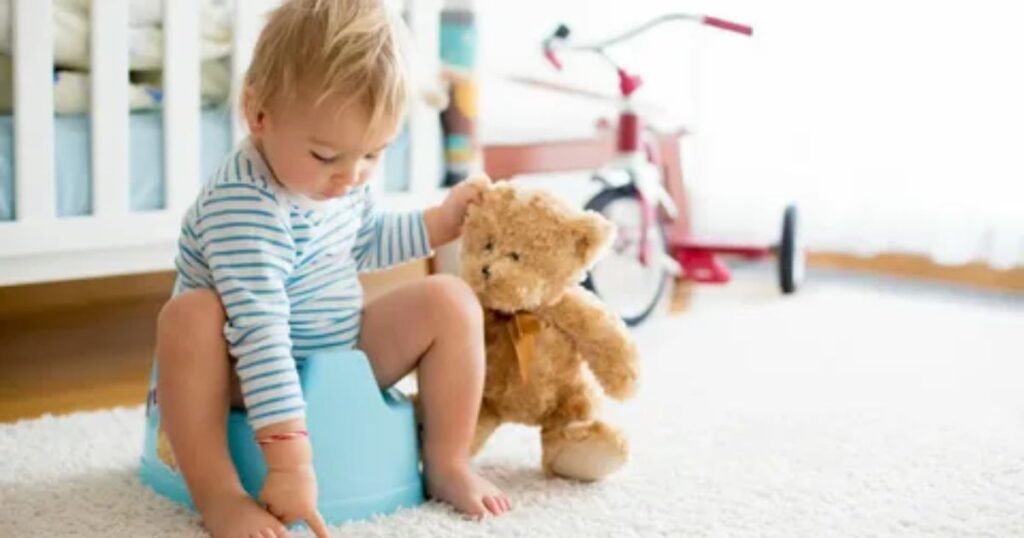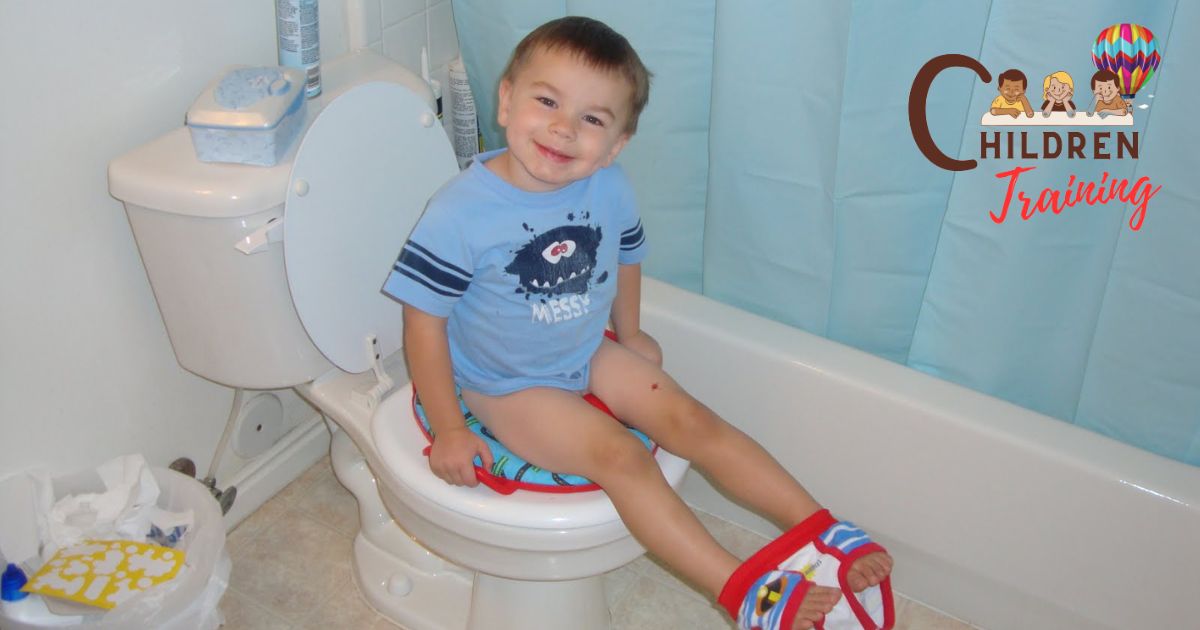Deciding how to discipline a puppy during potty training can be challenging. One controversial method is spanking. In this discussion, we’ll explore the potential consequences and alternative approaches to ensure effective and humane training for your furry companion.
Is spanking a puppy an effective solution for potty training, or does it create more harm than good? Uncover the debate surrounding this contentious method and discover alternative strategies to foster a positive and lasting relationship with your canine companion.:
While some believe spanking is a quick fix, experts argue that positive reinforcement and patience yield better results. Discover gentle techniques that promote trust and cooperation, fostering a healthy bond between you and your puppy during the crucial potty training phase.
Understanding Puppy Behavior

Puppies are curious and energetic creatures. They explore their surroundings with enthusiasm, driven by a natural instinct to learn about the world. Understanding puppy behavior involves recognizing their need for exploration and play, which are crucial elements in their development. It’s important to approach their training with patience and positive reinforcement, considering alternative methods like positive reinforcement rather than resorting to potentially harmful practices, such as “Should You Spank A Puppy When Potty Training?”
Puppies may exhibit behaviors like chewing and digging as they explore their environment. These actions are not always intentional mischief but rather ways for them to understand textures and scents. Additionally, puppies have limited bladder control, making accidents during potty training common. Patience and positive reinforcement play key roles in guiding their behavior, ensuring a healthy transition from curious pups to well-behaved companions.
Exploring Discipline Techniques
Disciplining your puppy involves finding effective and humane techniques. Instead of resorting to spanking, consider positive reinforcement. Praise and reward good behavior with treats or affection, teaching your puppy to associate positive actions with pleasant outcomes. Consistency is key the patient and use the same commands consistently for better understanding.
Explore alternative methods such as redirecting unwanted behavior. Distract your puppy with toys or activities that align with positive habits. Timeouts can also be effective – briefly isolate your puppy if they misbehave. Remember, understanding your puppy’s perspective and using gentle, consistent methods will create a trusting and respectful relationship during the crucial training phase.
The Controversy of Spanking
Puppy owners often face the dilemma of how to discipline their furry companions during potty training. One controversial method that sparks debate is spanking. Some argue it’s an immediate solution, while others believe it may lead to fear and aggression, hindering the puppy’s overall well-being. Experts emphasize the importance of understanding a puppy’s behavior and exploring alternative, positive reinforcement techniques to foster a trusting and cooperative relationship.
Spanking’s controversy stems from concerns about its impact on a puppy’s mental and emotional developmentCritics highlight potential negative consequences, such as increased anxiety and a strained bond between the owner and the pup. As the discussion continues, many experts advocate for gentler approaches, emphasizing patience and consistency in shaping desirable behavior during this crucial training phase.
Positive Reinforcement Strategies

Positive reinforcement is a powerful tool in puppy training. When your puppy successfully goes potty in the right place, offer immediate praise and treats. This helps them associate the behavior with positive outcomes, reinforcing good habits.
Additionally, use verbal cues like “good boy” or “good girl” to further communicate approval. Consistency is key—reward your puppy consistently for desired behavior to strengthen their understanding. Over time, this positive reinforcement creates a positive association with potty training, making it a more enjoyable and effective experience for both you and your furry friend.
Building Trust in Potty Training
Potty training is a crucial time for building trust between you and your puppy. Begin by creating a consistent routine, taking your puppy outside regularly to the designated potty area. This establishes a reliable schedule, helping your furry friend understand when and where to do their business.
Additionally, use positive reinforcement when your puppy behaves correctly. Praise and reward them immediately after they potty outside. This positive feedback helps your puppy associate the right behavior with positive outcomes, strengthening the trust they have in you as their caregiver. Building trust through a consistent routine and positive reinforcement lays the foundation for a successful and lasting potty training experience, creating a stronger bond between you and your furry companion.
Effective Alternatives to Spanking
Effective alternatives to spanking exist for successful puppy potty training. Firstly, positive reinforcement, such as offering treats or praise when your puppy goes outside, encourages good behavior. Consistency is key to establishing a routine, taking your puppy out at regular intervals. If you’re curious about unconventional approaches to personal habits, like “How To Train Yourself To Pee In A Diaper?”, it’s crucial to recognize the unique and positive methods employed in various situations.
Secondly, redirecting undesirable behavior provides a constructive approach. If your puppy has an accident, avoid punishment and instead guide them gently to the designated potty area. Patience and understanding go a long way in fostering a positive learning environment, ensuring a happy and well-trained companion.
Nurturing a Healthy Puppy-Owner Relationship
Building a healthy relationship with your puppy is essential for a happy life together. Spend quality time playing, petting, and talking to your puppy. Create a positive environment by using treats and praise when they exhibit good behavior. Consistency in training builds trust and understanding between you and your furry friend.
Communication is key in a puppy-owner relationship. Learn your puppy’s cues and respond appropriately. Be patient and understanding, recognizing that accidents happen during potty training. By fostering a nurturing environment and being attentive to your puppy’s needs, you’ll establish a strong, loving bond that lasts a lifetime.
FAQs
Is spanking a recommended method for potty training?
No, spanking is not recommended. Positive reinforcement and patience are more effective in encouraging desired behavior.
What are the potential consequences of spanking a puppy during potty training?
Spanking can lead to fear and anxiety, hindering the trust-building process crucial for effective training.
Are there alternative methods for disciplining a puppy during potty training?
Yes, positive reinforcement, using treats and praise, helps shape desired behavior without causing harm or fear.
How can I build a positive relationship with my puppy during potty training?
Spend quality time playing, using treats for good behavior, and being patient to create a trusting and loving bond.
What should I do if my puppy has accidents during potty training?
Stay patient, avoid punishment, and reinforce positive behavior. Consistency and understanding are key to successful potty training.
Conclusion
opting for positive reinforcement techniques over spanking is crucial for fostering a healthy puppy-owner relationship. Building trust, understanding cues, and maintaining patience lay the foundation for effective and compassionate potty training, ensuring a happy and well-adjusted canine companion.
Spanking not only risks causing fear and anxiety in puppies but can also strain the bond between owner and pet. Choosing positive approaches, such as rewards and praise, facilitates a conducive learning environment. Ultimately, the key lies in patience, consistency, and a commitment to nurturing a positive connection, ensuring a harmonious coexistence between owner and puppy during the vital potty training phase.










